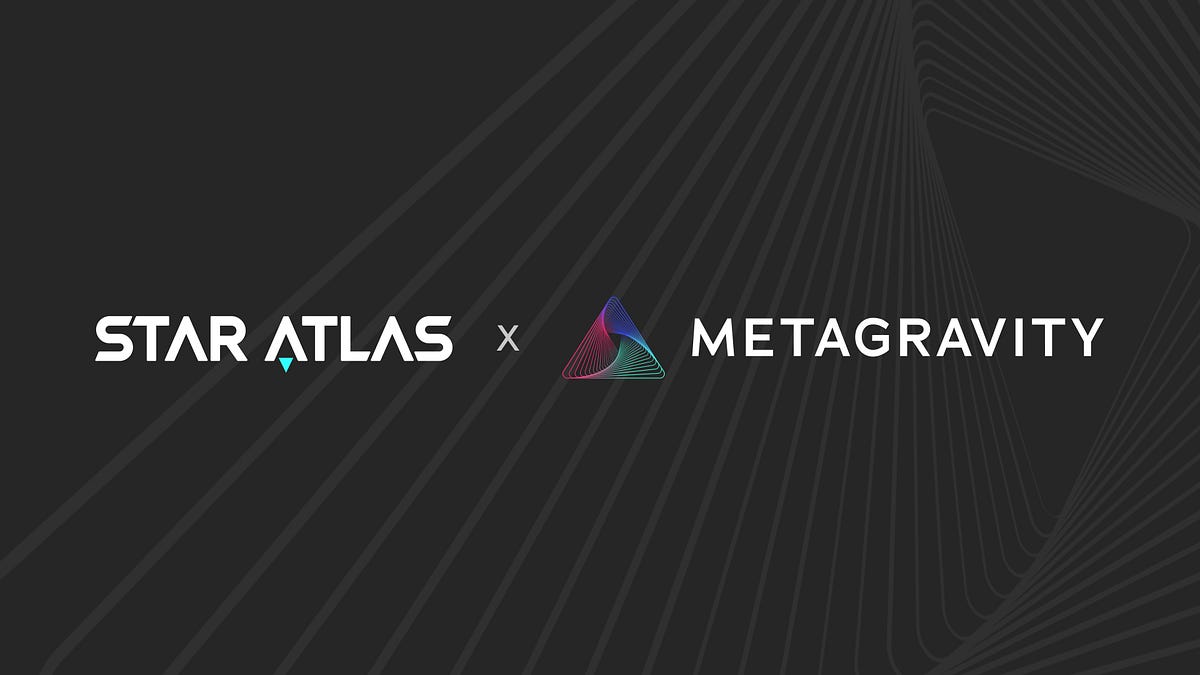Infinite Metaverse Lives Now: Star Atlas and MetaGravity Bring 30,000+ Concurrent Players to the Game | star atlas | star atlas
In a shared vision for true gaming innovation, MetaGravity will help Star Atlas scale the number of concurrent players from 5,000 to over 30,000 in a single game experience, creating a true Metaverse experience.
Star Atlas and MetaGravity are partnering to bring gaming industry standards to the world. Powered by groundbreaking MetaGravity technology, Star Atlas aims to introduce the world’s first hyper-scale game size with record concurrent player numbers, AI non-player characters (NPCs), and interactive objects within a single shared persistent environment.
This pioneering feature is scheduled to become a permanent feature of the Star Atlas game on Unreal Engine 5 following an upcoming game update on the Epic Game Store.
This is a first-of-its-kind industry-wide partnership, and the collaboration between our team of network engineers and Unreal developers has already successfully achieved the first milestone: a 5,000-player stress test in a single, continuous non-instance environment. An experience using advanced conversational bots presented at the Solana PlayGG Games Festival in San Diego.
Over the past decade, the game development sector has struggled with the limited scale constraints of game engine simulations and the difficulty of existing systems supporting more than 100 current players. Despite many attempts by both tech giants and startups, this problem remains unresolved until now.
The new technology dramatically expands the concurrent player limit within Star Atlas to over 30,000 co-players, more than previously possible in video games. The partnership is working to achieve an unlimited total capacity of concurrent users, a number expected to grow with player demand.
Michael Wagner, co-founder of Star Atlas and CEO of ATMTA, said:
“From the beginning, Star Atlas’ goal was to set a new standard for the gaming industry by building the best next-generation player experience. With top-tier, galactic-scale games driving multi-genre space sagas, Star Atlas had to go beyond currently available technologies and use cutting-edge technological know-how to realize its vision of a persistent high-definition metaverse. Life.”
He continued: “In a vast, thriving ecosystem that competes with the real economy, one persistent reality for all players is the only acceptable option, and our partnership with the MetaGravity team is essential to making this vision a reality. We are excited to work with them to change the digital world for the better.”
By leveraging the power of MetaGravity, the Star Atlas metaverse experience is designed to break the constraints of scale and enable successful deployment of large-scale public releases.
Rashid Mansoor, Founder and CEO of MetaGravity, said:
“At MetaGravity, we pride ourselves on our pragmatic approach to the challenges facing the gaming industry. We are collaborating with Star Atlas with the vision of creating next-generation standards that will enhance gameplay and digital world experiences for players.
“Our industry-leading, cost-effective infrastructure solution can support tens of thousands of players in a single simulation and integrates seamlessly with Unreal UE5, making it easy for Star Atlas game developers to deploy robustly and high-performance on our infrastructure.”
“As an early pioneer in next-generation infrastructure, Star Atlas receives dedicated support from a team of network engineers and Unreal developers throughout the early integration stages,” he added.
The MetaGravity platform is designed and built as an infinitely scalable, next-generation metaverse engine to support Star Atlas by overcoming the limitations of current state-of-the-art tessellation engines, including performance limitations, scale limitations, and cost prohibitions. Raise the bar in game development.

